The 14 Do’s And Don’ts When Visiting NYC
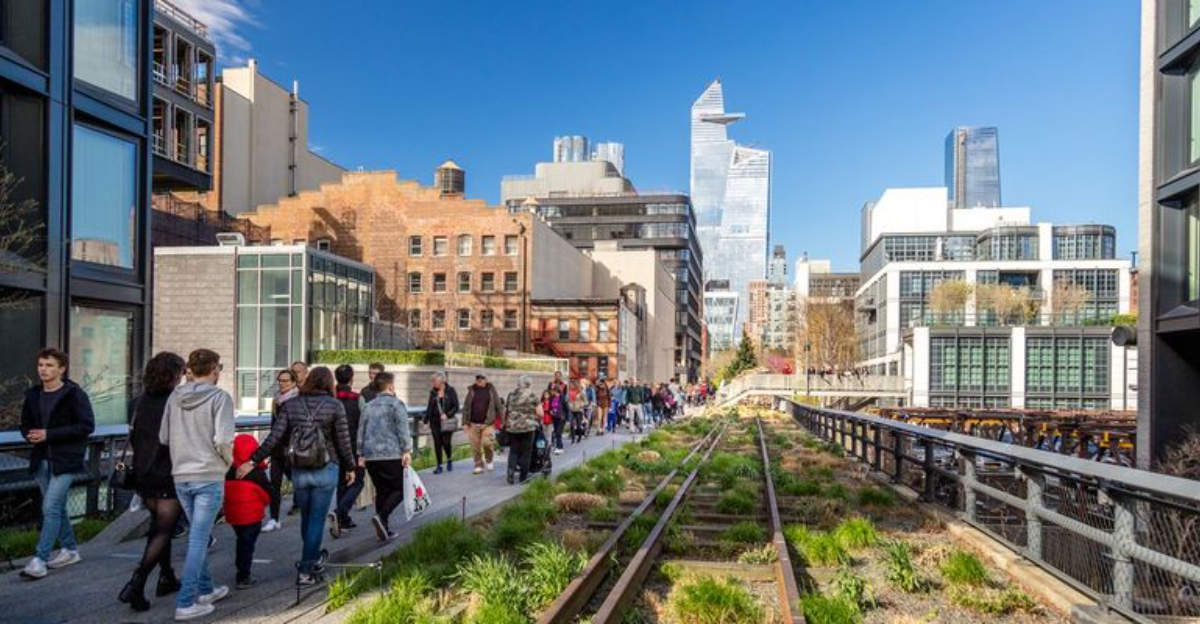
New York City is electric, chaotic, and full of surprises—the kind of place that can thrill or exhaust you, depending on how you approach it. For first-timers, it’s easy to get swept up in the energy and miss the subtle dos and don’ts that locals live by.
Let’s be real: standing in the middle of the sidewalk with a map, or trying to hail a cab during rush hour, won’t win you any points here. But don’t worry—I’ve made those rookie mistakes so you don’t have to. Want to blend in like a local and actually enjoy your NYC trip without the stress?
From subway hacks to tipping etiquette, here’s the unspoken guide that can turn your NYC adventure from frantic to fantastic. Ready to walk fast, talk smart, and eat like a native New Yorker? Let’s dive in.
1. DO Ride the Subway

The subway is NYC’s lifeline and your best transportation option. It runs 24/7, reaches virtually every corner of the city, and costs just $2.90 per ride – much cheaper than taxis or rideshares.
During rush hours (8-10am and 5-7pm), trains get packed with commuters, so plan accordingly if you’re traveling with luggage. Download the MTA app for real-time updates on train arrivals and service changes.
Locals appreciate when tourists stand to the right on escalators, allowing others to walk on the left. This simple courtesy makes navigating the busy subway system smoother for everyone.
2. DON’T Block the Sidewalk
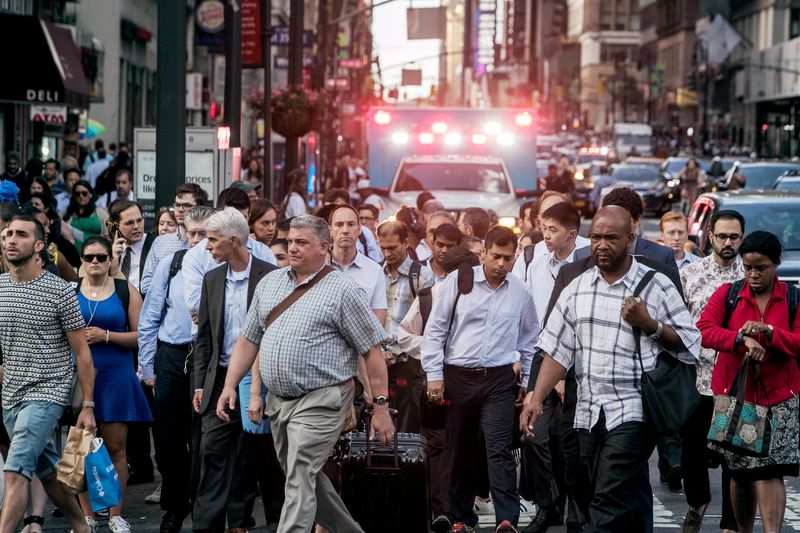
Walking slowly or stopping suddenly on busy Manhattan sidewalks is comparable to slamming brakes on a highway.
New Yorkers walk with purpose and speed because sidewalks function as essential transportation routes. If you need to check your phone, take photos, or consult a map, simply step aside near a building. The unspoken rule is to treat sidewalks like roads with their own traffic flow.
Morning commute (8-9am) and evening rush (5-6pm) bring the heaviest foot traffic. During these times, extra awareness helps you avoid becoming an unwitting sidewalk obstacle that frustrates locals rushing to work or home.
3. DO Explore Beyond Manhattan
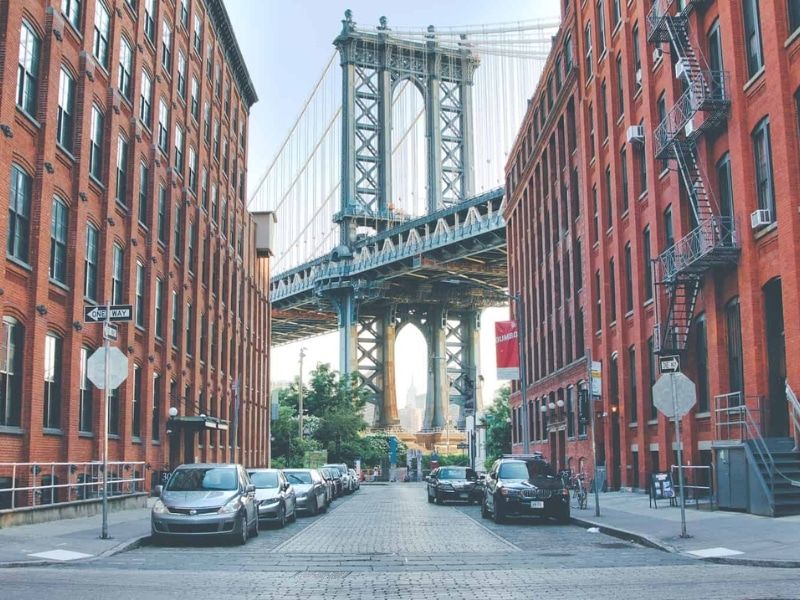
Manhattan dazzles with iconic attractions, but the outer boroughs offer authentic experiences without the tourist crowds. Brooklyn charms with brownstone neighborhoods, waterfront parks, and trendy food scenes in Williamsburg and DUMBO.
Queens boasts incredible diversity with authentic international cuisines in neighborhoods like Flushing (Chinese), Jackson Heights (Indian/South American), and Astoria (Greek). The Bronx houses the renowned Bronx Zoo and stunning New York Botanical Garden.
Staten Island offers peaceful green spaces and the free Staten Island Ferry provides spectacular views of the Statue of Liberty and Manhattan skyline. These areas showcase the real New York where actual New Yorkers live and eat.
4. DON’T Eat at Chain Restaurants
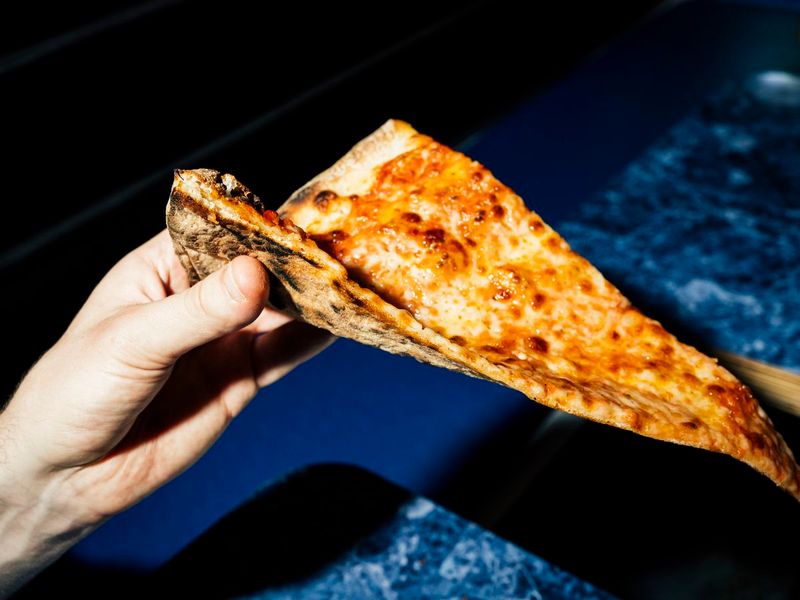
Skip the familiar chains you can find at home. New York boasts over 24,000 eating establishments, from hole-in-the-wall gems to world-class dining experiences unique to the city.
Local pizza joints offer authentic New York slices for around $3 – fold it lengthwise when eating to avoid the droop! For affordable authentic experiences, explore food halls like Chelsea Market, Essex Market, or DeKalb Market where multiple vendors showcase diverse cuisines.
Food trucks and carts serve everything from halal platters to Korean tacos at reasonable prices. Ask hotel staff or store employees for recommendations – New Yorkers love sharing their favorite local spots that won’t empty your wallet.
5. DO Visit Museums During Off-Hours
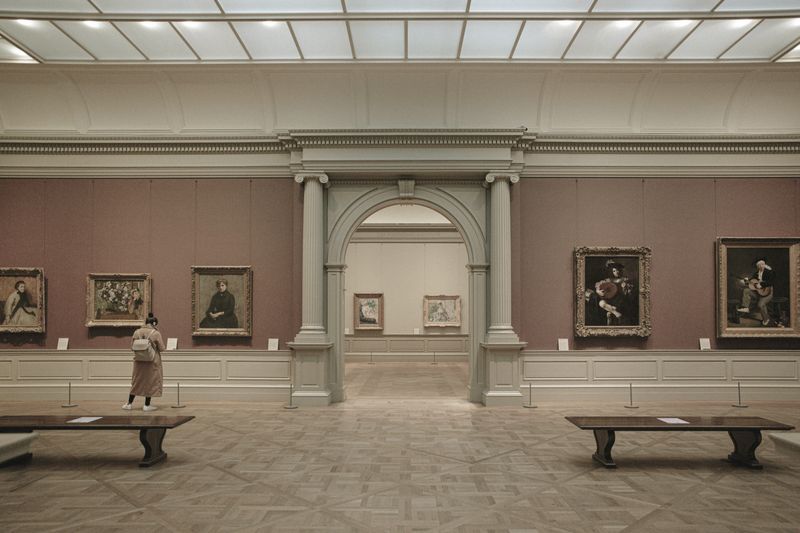
Museum fatigue hits hard when battling crowds to glimpse famous artworks. Smart visitors take advantage of special hours and discounts to enjoy cultural institutions peacefully.
Many major museums offer “pay-what-you-wish” times or completely free admission on specific days. The Metropolitan Museum of Art provides optional pricing for New York State residents, while MoMA offers free admission on Friday evenings.
The Guggenheim hosts “pay-what-you-wish” hours on Saturday evenings. Early mornings (right at opening) and weekday afternoons typically have fewer visitors. Check museum websites before visiting – most require timed entry tickets purchased in advance, especially for popular special exhibitions.
6. DON’T Overpay for Broadway Tickets

Broadway shows define New York’s theater scene, but regular tickets often exceed $150. Savvy visitors know several ways to score discounts without paying full price. TKTS booths in Times Square, South Street Seaport, and Lincoln Center sell same-day tickets at 20-50% off.
For spontaneous theater-goers, the TodayTix app offers mobile lotteries and rush tickets starting around $40. Many shows also run direct lotteries through their websites. Student discounts, standing room tickets, and off-Broadway productions provide additional affordable options.
During Broadway Week (typically January and September), many shows offer two-for-one tickets. Planning ahead and staying flexible with show choices maximizes your chances of catching great performances without breaking the bank.
7. DO Tip Appropriately
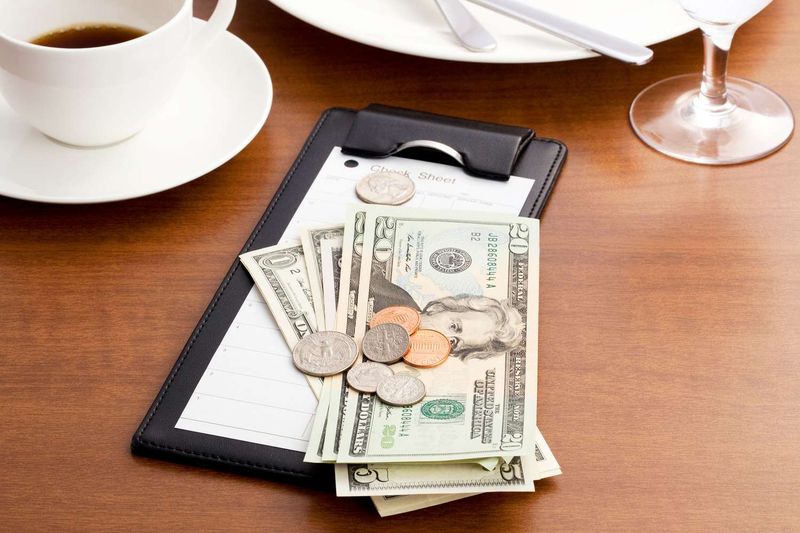
Tipping culture in NYC differs from many other countries and even other US cities. Service workers rely heavily on tips as part of their income, making proper tipping essential. Restaurant servers expect 18-20% on the pre-tax total – never less than 15% unless service was truly terrible.
Bartenders should receive $1-2 per drink. Hotel housekeeping deserves $3-5 per day left daily (not just at the end), while doormen and bellhops typically receive $2-5 per service. Taxi drivers appreciate 15-20% tips, and food delivery people should get at least $3-5 regardless of weather conditions.
Having small bills handy makes tipping easier. Remember, good tipping reflects well on visitors and ensures quality service throughout your stay.
8. DON’T Take Photos of Street Performers Without Tipping
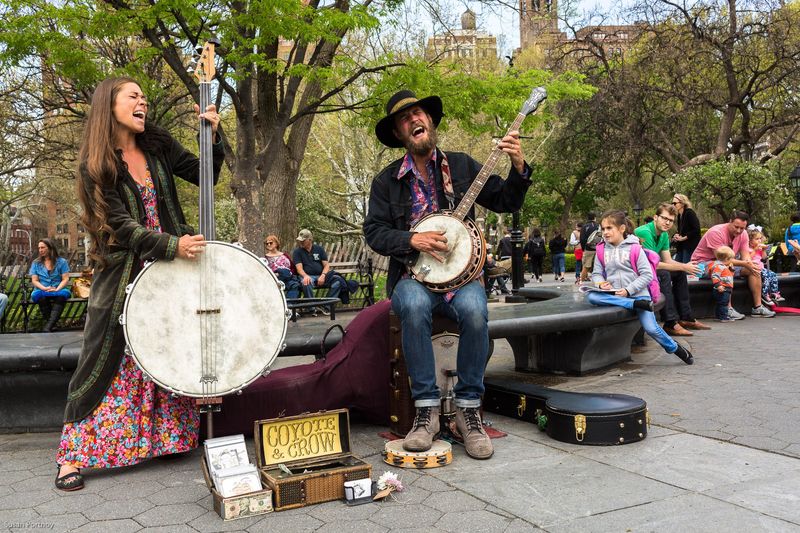
Street performers, costumed characters, and buskers enliven NYC’s public spaces, but their performances represent their livelihood. Taking photos or videos without contributing is considered disrespectful. Times Square’s costumed characters (like Elmo or Batman) expect $1-5 tips for photos.
The same applies to the painted “naked” performers, musicians in subway stations, and artists in parks. Have small bills ready if you plan to engage with these entertainers. Some aggressive performers might demand specific amounts after photos.
To avoid uncomfortable situations, either agree on the amount beforehand or simply appreciate their performance from a distance without documentation. Remember that genuine street performers add character to the city and deserve compensation for their entertainment.
9. DO Pack Comfortable Walking Shoes

New Yorkers typically walk 2-5 miles daily navigating the city. Fashionable but impractical footwear quickly leads to painful blisters and exhaustion that can ruin your vacation.
Cobblestone streets in historic districts like SoHo and the Meatpacking District pose particular challenges for high heels. Weather adds complications – summer sidewalks become scorching while winter brings slush puddles at many intersections. Break in new shoes before your trip and consider supportive insoles for extra comfort.
Many locals carry a second pair of shoes when attending formal events, changing at their destination. Your feet will thank you after long days exploring museums, shopping districts, and neighborhoods that reveal the city’s true character.
10. DON’T Rent a Car

Driving in NYC creates unnecessary stress, expense, and frustration. Parking garages charge $40-60 daily, while street parking requires deciphering complex alternate-side rules and constant vigilance for tow zones.
Manhattan traffic moves at an average speed of just 7 mph during business hours. Add in aggressive taxi drivers, delivery trucks, and countless one-way streets, and navigation becomes overwhelming even for experienced drivers. The comprehensive public transportation system (subway, buses, ferries) reaches virtually every attraction for a fraction of driving costs.
When public transit isn’t convenient, rideshare services, taxis, and Citi Bikes provide flexible alternatives without parking headaches. Save your driving energy for destinations outside the five boroughs.
11. DO Visit Parks Beyond Central Park
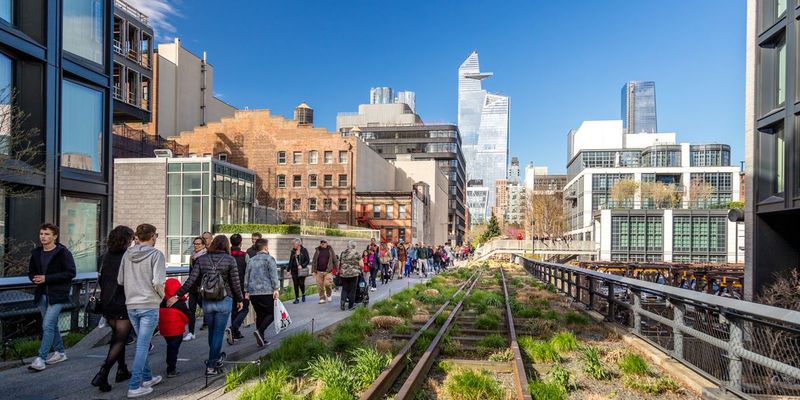
Central Park deservedly tops tourist itineraries, but NYC boasts over 1,700 parks and recreational spaces worth exploring. The High Line, a converted elevated railway, offers unique perspectives of Chelsea and the Meatpacking District with distinctive landscaping and art installations.
Brooklyn’s Prospect Park, designed by the same team behind Central Park, provides 526 acres of natural beauty with fewer crowds. Roosevelt Island’s Four Freedoms Park delivers stunning Manhattan skyline views, while Washington Square Park in Greenwich Village showcases authentic local culture and street performances.
Bryant Park behind the New York Public Library hosts free summer movies, winter ice skating, and year-round activities. These alternative green spaces reveal how New Yorkers actually use their city and offer welcome respite from urban intensity.
12. DON’T Fall for Common Scams
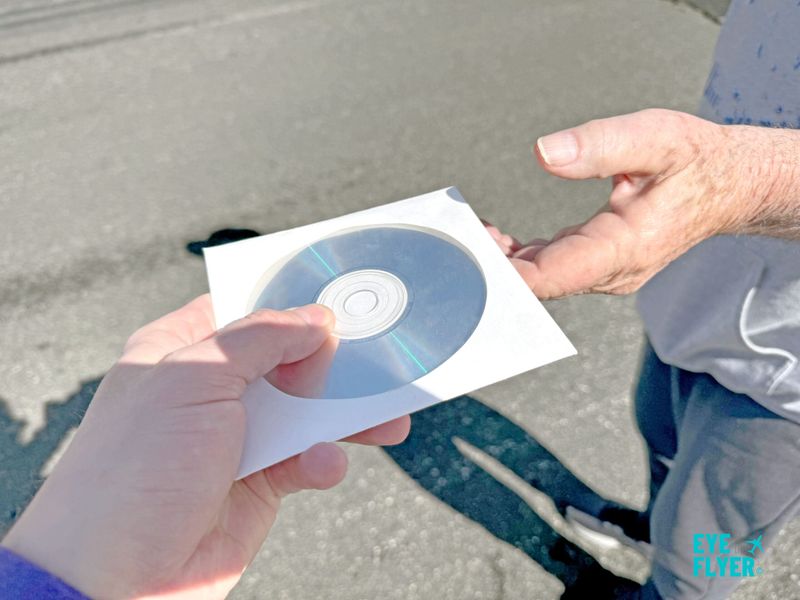
Street hustlers target tourists with various schemes. CD scammers hand you a “free” album then demand payment after forcing interaction. Fake monks request donations after giving “blessing” bracelets. Avoid anyone offering suspiciously cheap electronics or designer goods.
Transportation scams include unofficial taxis proposing flat rates (always use yellow cabs with meters or licensed rideshares). Legitimate ticket sellers never approach you on sidewalks – purchase directly from venues or authorized retailers.
When using ATMs, choose bank-attached machines and shield your PIN. Simple awareness prevents most problems – if something seems unusually cheap or too good to be true, it probably is. Most New Yorkers willingly provide directions if asked, but legitimate locals rarely initiate unwanted conversations with tourists.
13. DO Try Authentic NYC Foods

Beyond pizza and bagels, New York offers distinctive local specialties reflecting its immigrant history. Black and white cookies, massive half-chocolate/half-vanilla treats, originated in early 20th century bakeries.
Egg creams contain neither eggs nor cream but combine chocolate syrup, milk, and seltzer for a refreshing classic drink. Chopped cheese sandwiches from bodegas feature ground beef, onions, and melted cheese on a hero roll – beloved in Harlem and the Bronx.
Pastrami on rye from Jewish delis represents essential NYC eating, while halal cart chicken over rice provides affordable street food enjoyed by locals daily. Italian bakeries in Little Italy and Arthur Avenue serve cannoli with freshly filled shells. Exploring these authentic foods connects you with the city’s culinary heritage beyond tourist traps.
14. DON’T Spend All Your Time in Tourist Areas
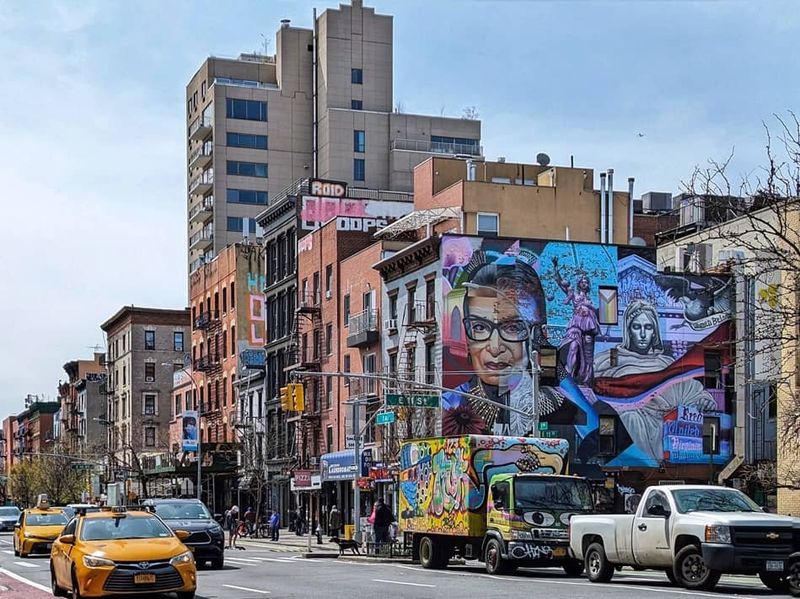
Times Square dazzles with billboards and Broadway theaters but represents little of authentic New York life. Locals rarely visit except when necessary, finding the crowds, chain restaurants, and souvenir shops overwhelming and overpriced.
Instead, explore neighborhoods where New Yorkers actually live and socialize. The East Village offers eclectic shops and diverse dining options. Chelsea features world-class galleries and the food-focused Chelsea Market.
The Lower East Side blends historic immigrant heritage with modern boutiques and nightlife. Harlem’s vibrant culture shines through historic theaters, soul food restaurants, and Sunday gospel services. These authentic areas provide better food, more reasonable prices, and genuine interactions with locals that reveal the city’s true character beyond postcard views.
